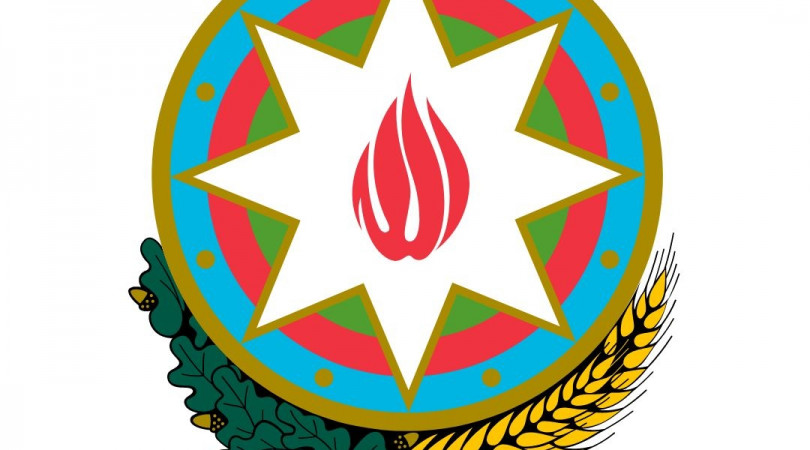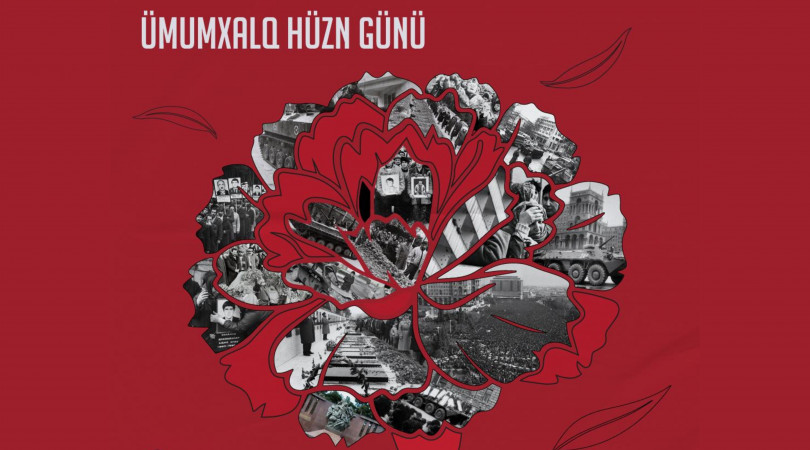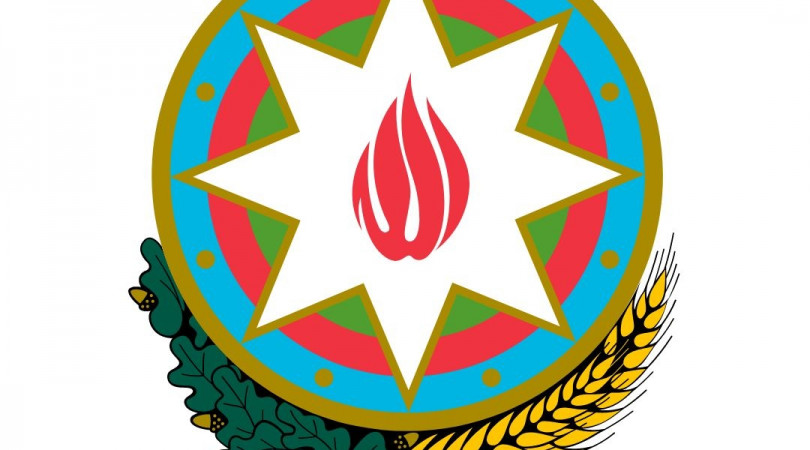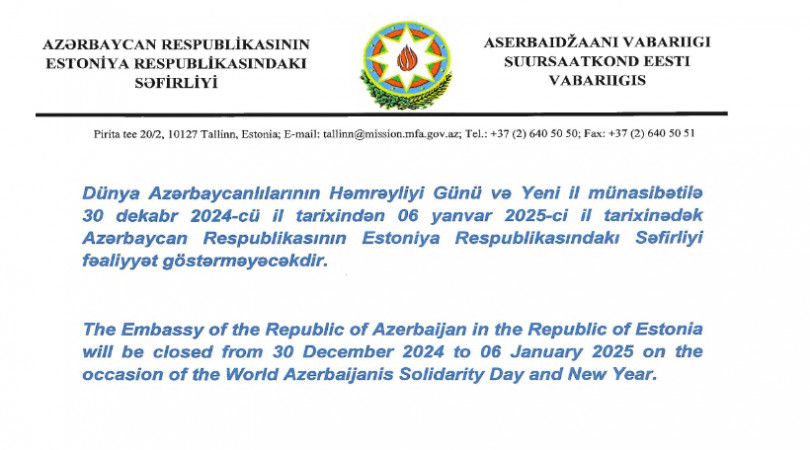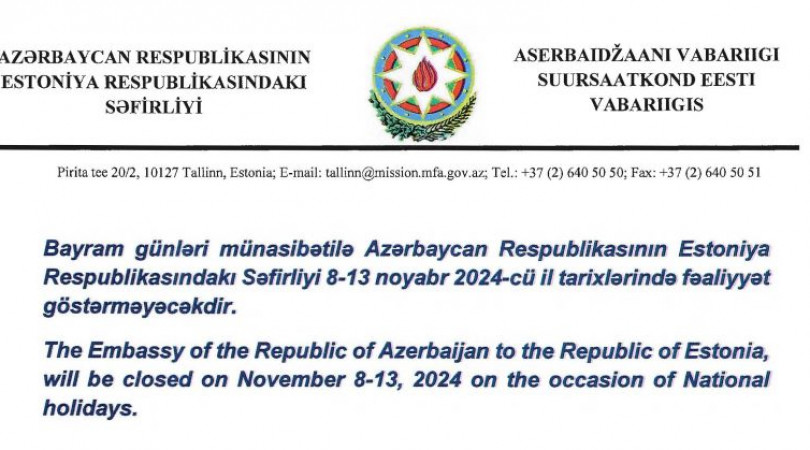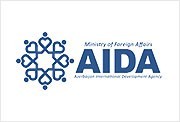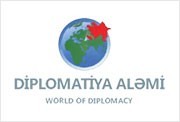Twenty three years pass since occupation of Azerbaijan’s Zangilan district.
Twenty three years have passed since the occupation of Azerbaijan's Zangilan district by the Armenian armed forces.
Zangilan didn't bow down to the enemy from 1988 till November 1993 and resisted the enemy attacks, losing hundreds of martyrs. It was the latest occupied district of Azerbaijan by the Armenian side.
The Zangilan district's population being surrounded after occupation of the Gubadli and Jabrayil regions saw a way out in crossing the Araz River to get to the Iranian territory. Otherwise, another Khojaly tragedy was to happen.
During the first Karabakh war, Zangilan lost 188 people. Until now, 44 residents of Zangilan are listed as missing.
Zangilan is of strategic importance as it is located along the Baku-Nakhchivan-Julfa railway. Until occupation, 35,000 people were living in Zangilan which covers an area of 707 square kilometers. The basis of the region's economy was agriculture - winegrowing, tobacco cultivation and livestock.
Zangilan district, which included 1 city, 1 settlement and 83 villages, had 9 preschool institutions, 19 primary and 15 secondary schools, one vocational school, one music school, 35 libraries, 8 cultural centers, 23 club-houses.
The largest plane forest in Europe was also located in the district. Unfortunately, Armenians are cutting these plane trees and selling to foreign countries. Valuable trees, molybdenum, marble, gold, granite and other mineral resources are also currently being plundered by Armenians.
Zangilan's territory is also rich in archaeological and architectural monuments, the largest of which is the ruins of the medieval city, known as "Shahri Sharifam".
The conflict between the two South Caucasus countries began in 1988 when Armenia made territorial claims against Azerbaijan. As a result of the ensuing war, in 1992 Armenian armed forces occupied 20 percent of Azerbaijan, including the Nagorno-Karabakh region and seven surrounding districts.
The two countries signed a ceasefire agreement in 1994. The co-chairs of the OSCE Minsk Group, Russia, France and the U.S. are currently holding peace negotiations.
Armenia has not yet implemented four U.N. Security Council resolutions on the liberation of the Nagorno-Karabakh and the surrounding regions.

